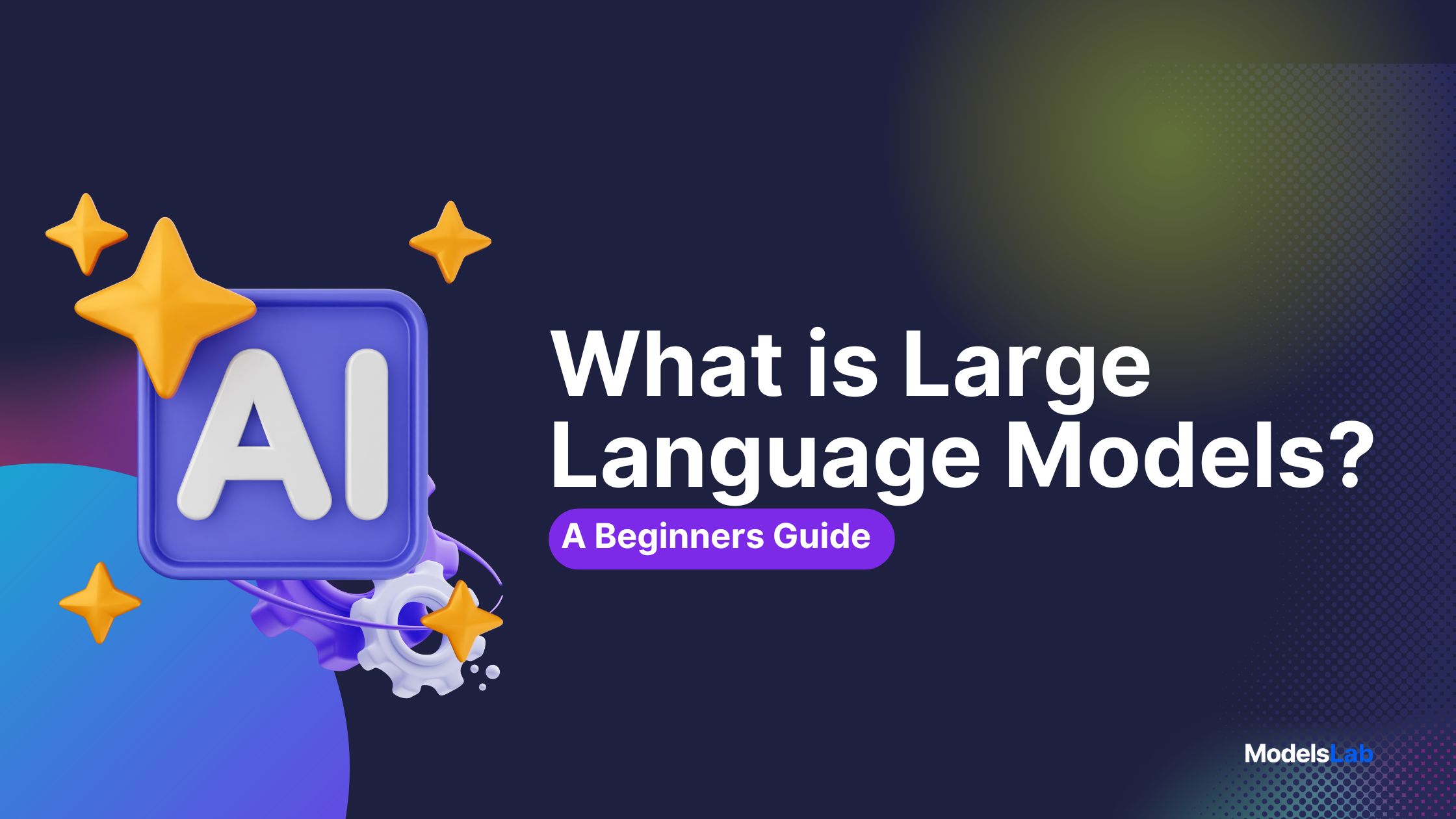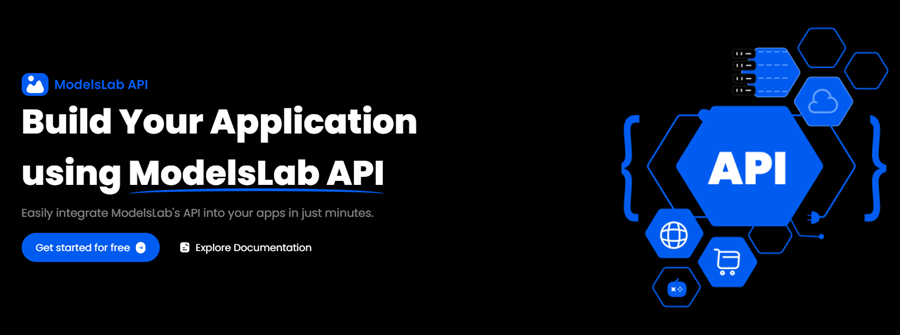Understanding Large Language Models (LLMs), Features and Benefits
Written on . Posted in AI.
Large Language Models (LLMs), such as ChatGPT, have brought AI into our daily lives, offering powerful and intuitive interactions. But while they seem almost magical, understanding how they work can be confusing.
In this article, we’ll simplify the complexities of LLMs. Instead of diving into heavy technical details, we’ll use straightforward explanations and visuals to show how these models learn and perform. We’ll also share practical tips to help you make the most of ChatGPT and similar tools.
Let’s understand the secrets behind LLMs and see how they’re changing the way we interact with technology.
What is LLM (Large Language Model)?
A large language model (LLM) is a type of advanced AI that uses neural networks to understand natural language and create human language. It learns from huge amounts of text data and can do things like generate text, translate languages, summarise information, create images from text, write code, and power chatbots.
For example- OpenAI’s ChatGPT, Claude, and Google’s Gemini.
LLMs, also known as foundation models, are special because they use deep learning techniques, particularly transformer models, to understand complex patterns in language. Transformer models are important for understanding context and processing data non-sequentially, allowing them to produce text that makes sense and fits the context of what it’s supposed to be.
LLM models like OpenAI’s Chat GPT-3 and GPT-4, Meta’s Llama models, Google’s several models, and IBM’s Granite model series represent significant breakthroughs in natural language processing and artificial intelligence.
While basic language models predict word sequences using simpler methods, LLMs use advanced neural networks with millions or even billions of parameters. This makes them great at understanding and producing text with complex patterns, often making their output hard to tell apart from human writing.

What are LLM used for?
The excitement around Large Language Models (LLMs) comes from how effectively they handle many different tasks. Here’s a look at how LLMs, like ChatGPT or Claude, can be used:
Code Generation: LLMs can write code for specific tasks based on your instructions. If you need a piece of code for a particular job, these models can create it accurately.
Debugging and Documentation: If you’re having trouble fixing a piece of code, LLM can help find the problem and suggest solutions. It can also write documentation for your project, so you don’t have to spend hours on it.
Question Answering: Just like AI personal assistants, LLMs can answer a wide and broad range of questions, whether they’re casual or more serious.
Language Translation: Many LLMs support over 50 languages, making it easy to translate text from one language to another. They can also help correct grammar mistakes in your writing.
Content Creation and Communication: LLMs can generate various types of text, like poems, scripts, emails, and letters. They can also summarise information, translate content translating languages, and answer questions.
Natural Language Processing: LLMs excel at various natural language processing tasks such as text generation, understanding, translation, and summarization. They can process large amounts of text data to capture complex patterns in language and generate text that is indistinguishable from human-written content.
Analysis and Insights: LLMs can process very large models and amounts of text data to find patterns and trends. This is useful for market research, analysing competitors, and reviewing legal documents.
Education and Training: LLMs can create personalised learning experiences and give feedback to students. They can also be used to build chatbots that help answer student questions and provide support.
The possibilities with LLMs are vast. By coming up with creative prompts, you can use these models for many different tasks.

Ready to build your own chatbot? Try our Best LLM Chat API for Businesses and take your customer interactions to the next level. Start creating today!
How do LLMs work?
The process behind how large language models work can be complex, but we’ll break it down into simple steps.
For a more detailed explanation, you can read the article “How LLM Works, Clearly Explained.”
Training on Large Data Volumes
Large Language Models (LLMs) are trained on massive datasets, often in the petabyte range. This dataset is called a “corpus” and consists of diverse text data from books, websites, articles, and other sources.
Initially, LLMs are trained using unsupervised learning, a type of machine or deep learning model. This means they learn from data that isn’t labelled or categorised. The model tries to understand patterns, relationships, and structures within this raw data.
Self-Supervised Learning
After the initial training, some data labelling occurs. This doesn’t mean manual labelling but rather a form of self-supervised learning where the model generates labels from the data itself. For example, it might predict missing words in a sentence or generate contextually relevant responses for a given text.
This step helps the model refine its understanding of concepts and relationships between words, making it more accurate in recognizing and generating language. Additionally, fine-tuning the language model's performance on specific datasets can further optimise its performance for particular applications, enhancing its effectiveness and accuracy.
Deep Learning with Transformer Neural Networks
The core of modern LLMs is the transformer model. This architecture helps the model process and generate text more efficiently by understanding the language modelling the context and relationships between words.
A key feature of the transformer model is the self-attention mechanism. It allows the model to weigh the importance of different words in a sentence relative to each other.
For example, in the sentence “The cat sat on the mat,” the model needs to understand that “cat” and “sat” are related.
Words are broken down into tokens (smaller units), and each token is assigned a weight or score to determine its relevance in the context of the sentence.
Inference and Practical Use
Once trained, the LLM can be used for various applications. When you input text as a prompt or a query, the model uses what it has learned to generate a response. This could be answering questions, creating new text, summarising information, performing sentiment analysis, or engaging in text generation.
The output generated by the LLM depends on the language generation it prompts and the context learned during training. The model uses its knowledge to produce coherent and relevant text based on the input it receives.
This process involves complex layers of learning and computation, with each step building on the previous to create a model that can understand the human brain and generate human-like text.
Advantages of Large Language Models
Customizability:
AI models, including LLMs, can be tailored to fit specific needs. By adding more training with relevant data, they can be adjusted to work better for particular tasks or industries, like customer service for a specific field.
Versatility:
One LLM can handle many different tasks. It can be used for answering questions, generating text, summarising information, and more, making it useful across various applications and industries.
High Performance:
LLMs work quickly and efficiently. They can provide fast responses, which is important for real-time applications like chatbots or virtual assistants.
Improved Accuracy:
As LLMs are trained with more data, they become more accurate. They get better at understanding and responding correctly to complex queries.
Efficient Training:
LLMs often use large amounts of unlabeled data for training, which speeds up the training process. This means they can be developed more quickly compared to models that need labelled data.
Time Savings:
LLMs can automate repetitive tasks, such as drafting emails or generating reports. This helps save time for employees, allowing them to focus on more important work.

Challenges and Limitations of Large Language Models
High Development Costs: Creating LLMs requires expensive hardware and large amounts of data. This can make the initial cost of development very high.
Operational Expenses: Running and maintaining LLMs is also costly. Maintaining large language models, it includes the expenses for servers, ongoing updates, and ensuring the model keeps working well. Additionally, the significant capital investment, technical expertise, and large-scale compute infrastructure add to the operational challenges.
Bias: LLMs can unintentionally reflect biases present in their training data. This means they might produce biased or unfair results.
Glitch Tokens: There are new tactics where people use special inputs to make LLMs malfunction or give incorrect responses. This is an emerging issue that needs attention.
Security Risks: LLMs can be used to improve phishing attacks or other security threats. Malicious actors might exploit these models to deceive people or organisations.
Ethical Issues: LLMs can raise concerns about data privacy and the potential to generate harmful content. It’s important to use them responsibly to avoid these issues.
Lack of Explainability: It’s hard to understand how LLMs make decisions. This can make it difficult to trust or fix their responses if something goes wrong.
Confusing Information: Sometimes LLMs give incorrect or misleading answers that are not based on their training data. This can lead to confusing or false information.
Complexity: LLMs are very complex, with billions of parameters. This complexity can make it tough to troubleshoot and understand how they work.
Future of LLMs
The future of large language models (LLMs) programming languages like ChatGPT involves continuous improvement. As foundational machine learning models, they will enhance their capabilities over time, though they won’t become self-aware.
In business, LLMs will become more useful by better understanding and translating diverse information, making them accessible to varying tech skill levels.
Training models on larger, curated data sets will improve accuracy and explanation clarity. LLMs may also be tailored for specific industries, with techniques like reinforcement learning boosting performance.
New models will focus on targeted data sources for better results, while smaller models aim for higher efficiency. However, advanced LLMs may introduce issues like unauthorised use or cybersecurity risks, such as creating convincing phishing emails, necessitating careful risk management.
Despite these challenges, LLMs are expected to continue improving and helping people be more productive.
Conclusion
Large Language Models (LLMs) like ChatGPT are changing how we interact with technology, making many language-related tasks simpler and more intuitive. These LLMs, built on deep learning and large data sets, are not just technological but practical tools with various uses.
They can generate code, debug, translate languages, and create content, proving useful across many fields. Importantly, LLMs excel in natural language processing, enabling them to understand and generate human-like language for tasks such as text generation, summarization, translation, classification, and chatbot interactions.
As LLM technology progresses, future models will be even more accurate and specialised. They will manage larger data sets better and perform more efficiently with advancements like reinforcement learning. Despite challenges such as high costs and security risks, the future of LLMs looks promising with ongoing improvements.

If you are looking to use LLMs for your business? Modelslab offers the Best LLM Chat API, which lets you build custom chatbots to improve productivity, and customer interactions and streamline communication.
Start improving your business with our advanced LLM Chat API today!
